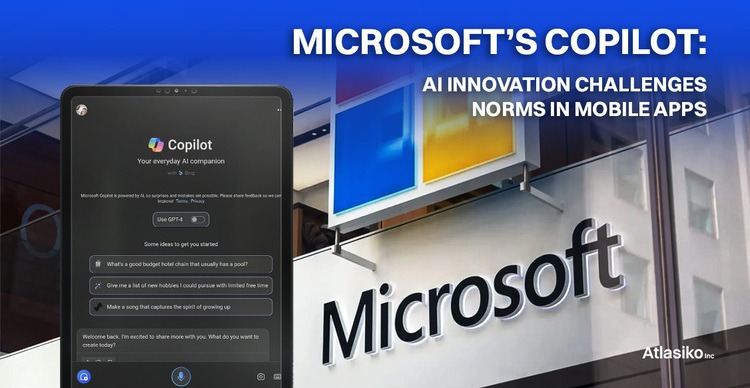The exorbitant cost of drugs and gene therapies has long been a barrier to accessing healthcare. However, a new era of bioscientists is leveraging the power of generative artificial intelligence (AI) to transform this landscape. Drawing inspiration from technologies like ChatGPT and DALL-E 2, these scientists are pioneering the development of novel medicines that can address the underlying genetic causes of diseases once deemed untreatable.
One promising field that has emerged is RNA editing, which holds great potential for treating or even curing genetically rooted diseases. RNA, a fundamental molecule found in all living cells, carries instructions from DNA to produce proteins that govern cellular behavior and development. By editing a person's RNA, scientists can modify the genetic message, rectifying the underlying issue without permanent changes to the DNA. To achieve this, they employ a guide RNA molecule capable of redirecting a specific protein responsible for editing RNA within human cells, thereby addressing the genetic cause of the disease.
However, designing these guide RNAs is an enormous task. RNA consists of four genetic code letters—A, G, C, and U. With just 20 letters, there are over a trillion possible sequences for a short RNA strand. The sheer magnitude of potential guide RNA sequences poses a significant challenge, as finding the precise sequence for each target would require exhaustive computations, taking years even on the most advanced supercomputers.
Similar to how large language models are trained on vast data sets to interpret prompts and generate likely answers, bioscientists are training AI models using millions of experimentally measured data points. These models enable computer programs to generate candidates for RNA therapies, which can then be tested in the laboratory. This approach drastically accelerates the time required to obtain results and fosters the development of tailored medicines.
While programs like DALL-E 2 can produce fantastical and unexpected results, the scientific community focuses on applying generative AI practically in the real world. Constraints are introduced to ensure that AI models generate only realistic RNA designs. By feeding the model "images" of actual guide RNA sequences and information on their effectiveness during testing, the AI learns and can subsequently generate plausible guide RNAs that are entirely new.
Expanding the boundaries of generative AI, other research groups are employing similar techniques to tackle different challenges. For instance, a team at the University of Toronto recently published findings on using generative models to design new proteins. Stability AI, the creator of Stable Diffusion—an AI system translating the text into images—is supporting OpenBioML, an effort to develop an AI capable of generating functional DNA sequences and chemicals from text prompts.
Furthermore, major pharmaceutical companies such as Roche and Merck are leveraging generative AI and natural-language processing approaches to pursue new drugs. Biotechnology firms like Recursion Pharmaceuticals, Generate Biosciences, and Insilico Medicine are creatively harnessing generative AI to expedite novel protein design and drug discovery.
It is also utilized diffusion-type models, although a focus is not yet on text prompts. Instead, it’s used a corpus of experimental editing profiles associated with guide RNA "images" to generate new sequences. Through this approach, the model can produce highly accurate guide RNA solutions for fixing mutations.
One area of the current research centers around the amyloid precursor protein (APP) associated with Alzheimer's disease. In certain individuals, APP degrades into malformed proteins known as amyloid plaques, which are believed to play a pivotal role in Alzheimer's. Notably, specific Icelandic populations have a low incidence of Alzheimer's due to a protective mutation in their APP. The goal is to develop a therapeutic guide RNA that can replicate this Icelandic variation, thus safeguarding at-risk populations from Alzheimer's.
Looking ahead, generative AI holds the potential to enhance the effectiveness and accessibility of drugs. Currently, the high cost of drugs and gene therapies poses significant challenges. However, with the aid of generative AI-enabled drug discovery and design, coupled with advancements in manufacturing and drug delivery, this scenario is poised to change. By combining the expertise of scientists with AI tools, we are on the cusp of major breakthroughs that will significantly improve the health of patients worldwide.







